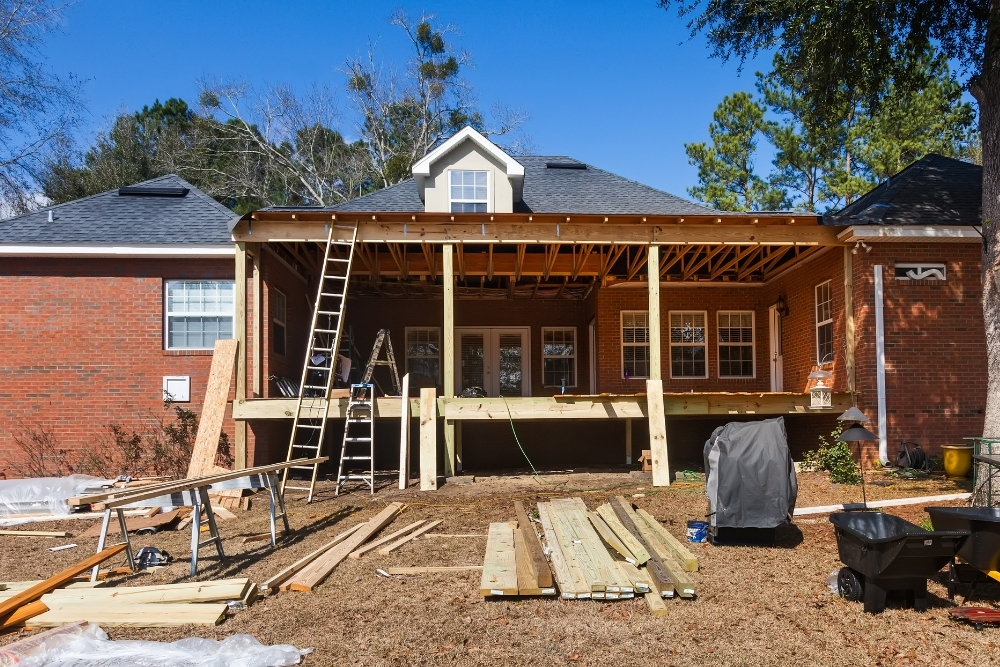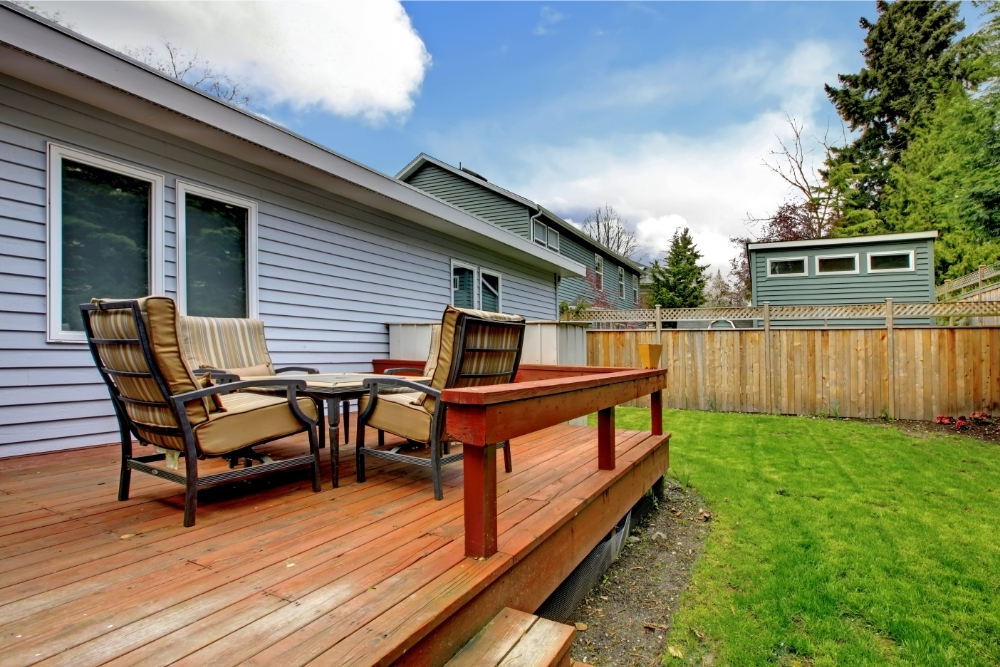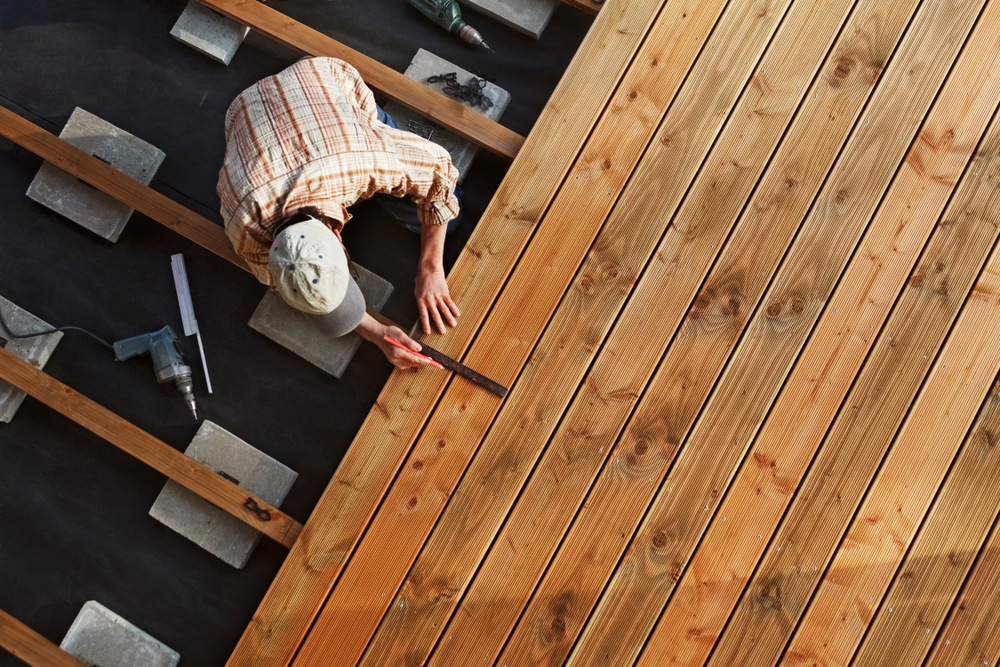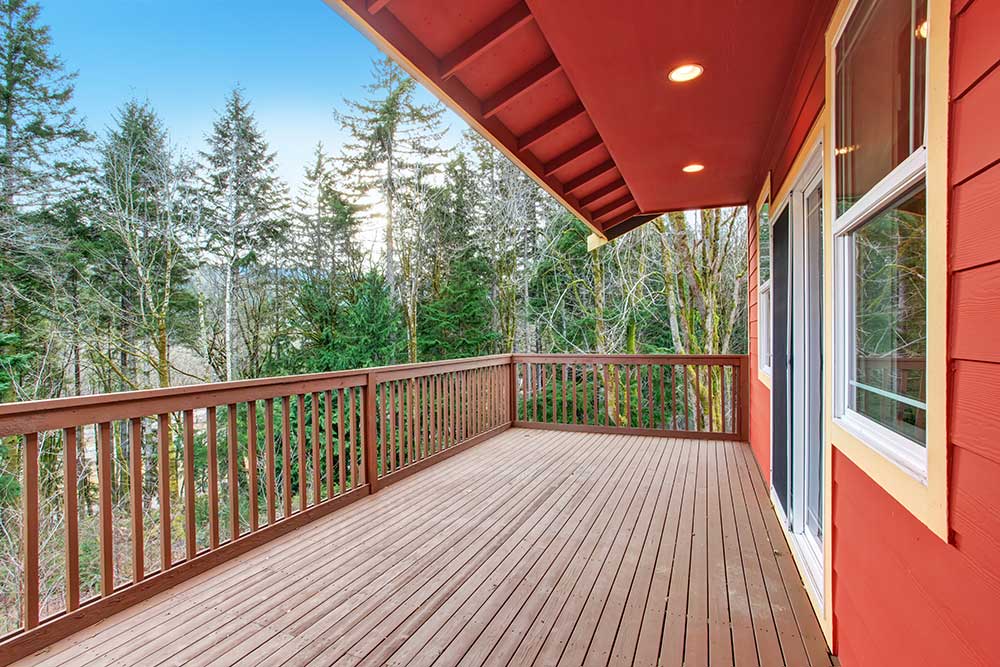One of the most important lessons that we learned while growing up is that nothing lasts forever, and sooner or later, everything needs to be replaced.
But forever is a long time, and just because something starts to look a bit tired, and begins to feel the passage and effects of time, it doesn’t necessarily mean that it needs to be traded in for a new model. Sometimes it’s far more cost-effective to repair it instead of replacing it.
However, one of the things that you can’t afford to take a risk with is decking. If the handrails of your deck start to feel a little wobbly, or the boards under your feet begin to bend or creak, then you’re going to need to take care of both, or either of those issues immediately.

After all, you wouldn’t want your mom or pop or lean on the rail and for it to give way and send them plunging headfirst into your yard, or the deck to collapse while your kids are running around on it would you?
Explaining why that happened to your wife could end up with you riding to the emergency room in the same ambulance as your children.
There’s Bad News… And There’s Good News
The bad news is, no matter how well you look after your deck, eventually it’s going to succumb to the rigors of bad weather and mother nature.
As we said in the beginning, nothing lasts forever, and there will come a time when your deck is going to feel the weight of time and the elements and is going to need a little extra tender, professional care.
The good news is, that doesn’t mean that you have to dispatch it to the lumber yard in the sky.
You only need to tear your deck down and start again from scratch with a completely new deck when the cost of repairing it begins to creep a little too close for comfort to the price of a new deck.
And provided you’ve maintained it and looked after it, these costs should never even begin to come close to the eye-watering cost of a new deck.
Common Deck Problems
The most common deck-related problems are structural and usually involve weakened boards, handrails, steps, or part of the frame, problems that are nearly always associated with some sort of long-term water damage.
It sounds scarier than it is though, as the damaged part of a deck can easily be replaced by a contractor, who will always give you a quote, that you have to agree to before they can start work.
Our best advice? Always get at least two quotes, and choose your contractor based on price and how detailed and thorough their explanation of the work that needs to be done is.
As the average cost of a new deck is anywhere between seven and eleven thousand dollars, as long as the combined cost of labor and materials comes to less than fifty percent of the cost of replacing your deck, it makes more financial sense to repair it rather than replace it.
The Beginning Of The End
It isn’t true that just because one part of your deck has fallen victim to rot that you’ll need to replace the whole thing. If you needed to replace the muffler on your car, you wouldn’t trade it in for a new model, would you?
You’d just take it to the shop and have a mechanic replace it, and the same principle applies to your deck. One or two bad boards or steps and a damaged rail don’t mean that you need to replace the whole deck, you just need to get it fixed.
We know, you want your family to be safe and that’s why you want your deck to be safe so that they won’t get hurt and that’s completely understandable. But that doesn’t mean that you need to break your bank balance in order to replace the entire deck.
Call a couple of contractors, get some quotes and see what they say before you start panicking and thinking about new decking. Remember, repair then replace.
Proper Maintenance, Less Repair
There are a few handy maintenance tips that you can use to keep any potential repair bills to a minimum, and they’re easy to follow.
We’re not gifted in the home improvement department, but these straightforward steps have ensured that, touch wood, we’ve never had to call a contractor out to repair our deck since we had it fitted six years ago.
Keep It Clean – When the weather’s good, make sure you sweep and wash your deck (and dry it after you’ve washed it if you can) with a brush and a pressure washer at least once a week. If your deck is clean, it means that nothing (like leaves) can get between the boards and the joints and create any long-term issues.
Staining And Sealing – Remember when your contractor first installed your deck? They installed it and then a month later after the wood had settled in place, they came back and stained and sealed it didn’t they? Well, just because it was done once, it doesn’t mean that’s the only time it needs to be done.
Ideally, you should seal your deck every summer, and if you’re not sure what you should use to seal it, pop into your local hardware store and ask the clerk and they’ll be happy to point you in the right direction and tell you exactly what you’ll need to do the job properly.
Safety Checks – While you’re sealing your deck, check to make sure that all of the screws and nails are still in place. A quick visual inspection should be enough, and if any have gone missing, replace them and make sure that the structural integrity of your deck remains solid and sound. It’s always better to be safe than sorry.
And Finally…
With the best will in the world, sometimes things just happen that we can’t control and despite your best efforts, the weather and elements can wreak havoc on your deck. And if they do, take a deep breath and remember the golden rule. Repair before you replace.








